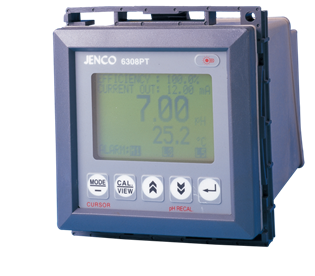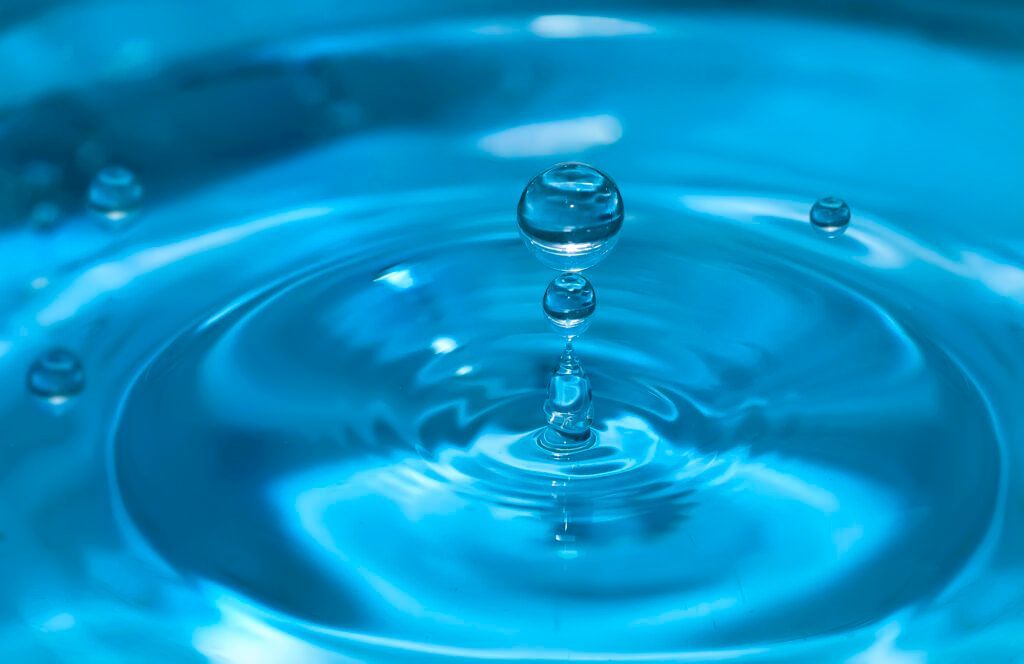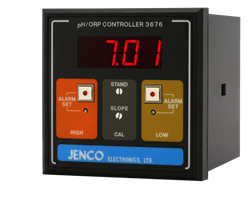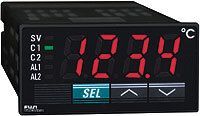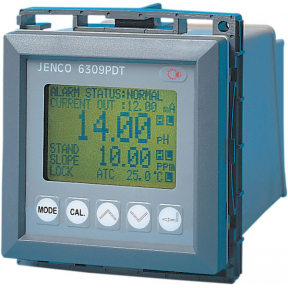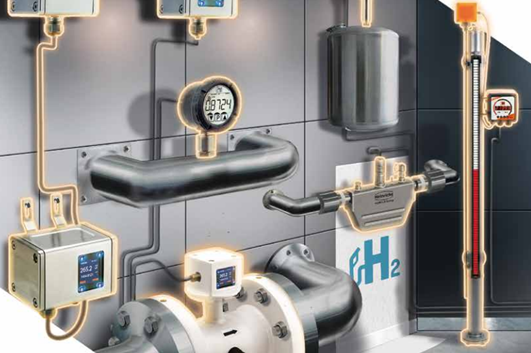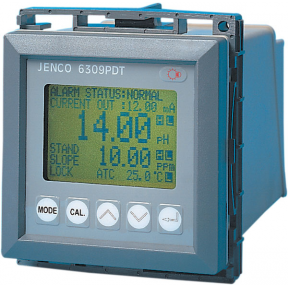Using a Water Conductivity Meter to measure Resistance
Using a Water Conductivity Meter to measure Resistance
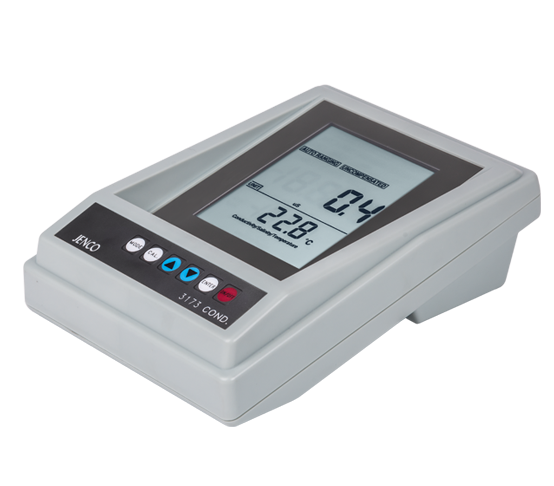
- Readings are automatically compensated for temperature (ATC). meter automatically switches into manual compensation when temperature probe is not present.
- Automatic lock mode is available to lock in stable readings.
- Intuitive operation with membrane keypad with tactile and audio feedback.
- Splash resistant case is made with durable, reinforced plastic for added protection. protective covers for connectors are included. Large LCD is offset for improved protection against unintentional damage. •Smaller case does not clutter valuable desk space. •8pin DIN connector for conductivity cell & 10k thermistor.
Definition
The electrical conductivity of a solution of an electrolyte is measured by determining the resistance of the solution between two flat or cylindrical electrodes separated by a fixed distance. An alternating voltage is used in order to avoid electrolysis. The resistance is measured by a conductivity meter. Typical frequencies used are in the range 1–3 kHz. The dependence on the frequency is usually small, but may become appreciable at very high frequencies, an effect known as the Debye–Falkenhagen effect.
A wide variety of instrumentation is commercially available. Most commonly, two types of electrode sensors are used, electrode-based sensors and inductive sensors. Electrode sensors with a static design are suitable for low and moderate conductivities, and exist in various types, having either two or four electrodes, where electrodes can be arrange oppositely, flat or in a cylinder. Electrode cells with a flexible design, where the distance between two oppositely arranged electrodes can be varied, offer high accuracy and can also be used for the measurement of highly conductive media.
Inductive sensors are suitable for harsh chemical conditions but require larger sample volumes than electrode sensors. Conductivity sensors are typically calibrated with KCl solutions of known conductivity. Electrolytic conductivity is highly temperature dependent but many commercial systems offer automatic temperature correction. Tables of reference conductivities are available for many common solutions.
The post Using a Water Conductivity Meter to measure Resistance first appeared on Pathfinder Instruments.
